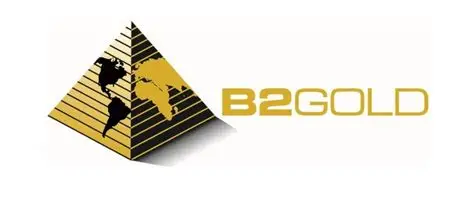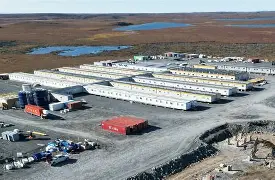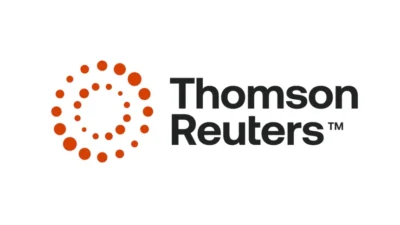Canadian innovation travels farther than most people realise. The point was underscored when Vancouver-based B2Gold approved a US$740 million plan to build the Gramalote copper-gold mine in Antioquia, Colombia. A fresh feasibility study projects average output of 227 000 ounces of gold a year for the first five years and an 11 year mine life, with milling continuing for 13 years. Gramalote is now one of the largest Canadian-backed capital projects in Latin America, and its digital backbone is steeped in home-grown technology.
B2Gold’s study outlines an open-pit operation feeding a six million tonne per year processing plant. Construction capital totals US$740 million, including US$73 million for mining equipment and US$81 million in contingency. The company cites favourable metallurgy and gold recoveries above 95 per cent, resulting in an after-tax net present value of US$941 million at a US$2 500 gold price.
“… The Gramalote Project can be developed in a responsible manner consistent with the Company’s high technical, environmental and social standards.” B2Gold said, adding that Colombian support for responsible mining remains strong.

How Canadian Tech Fits into Gramalote
Canadian suppliers already provide critical layers for B2Gold’s global fleet and are expected to slot into Gramalote. Procurement filings list:
- Industrial IoT sensors and predictive-maintenance platforms from Vancouver and Sudbury firms that monitor mobile-equipment health and energy use
- Autonomous blasthole-drilling packages from Canadian robotics companies for precise grade control
- Real-time mine-planning software first developed at Canadian universities and now licensed worldwide for ore routing and haulage optimisation
These tools improve uptime and cut fuel burn—vital levers given the study’s all-in sustaining cost estimate of US$985 per ounce. They also help operators meet stringent ESG metrics demanded by lenders and bullion buyers.
Gold purchasers and Colombian regulators require transparent data on emissions, water use and community impact. Gramalote will deploy digital environmental dashboards and energy-efficiency systems supplied by Canadian clean tech firms already active in Peru and Chile. B2Gold is also evaluating blockchain traceability platforms from Canadian vendors to certify chain of custody. Satellite and drone imagery processed through Canadian geospatial analytics will verify rehabilitation work, helping shorten permit timelines and reassure downstream customers.
What the Latin American Pipeline Means for Start-ups
Gramalote signals a shift in Canada’s mining-export story. For decades the emphasis was engineering services and project finance; today the export basket includes automation, analytics and compliance software. These intangible tools scale faster than physical gear and lock in recurring licence revenue.
Analysts at Canaccord, in a July 2025 research note, estimate Latin America’s mining-capex pipeline at more than US$80 billion through 2030, with digital systems claiming a growing share of budgets. For Canadian start-ups in industrial IoT, AI and ESG reporting, the playbook is clear: embed early in large capital projects, then ride the production curve for a decade or more.
B2Gold aims to break ground in 2026 once permit modifications are cleared. When that happens, much of the mine’s intelligence will come from Toronto, Montréal and Vancouver in the form of code, sensors and dashboards. Gramalote reminds Canadian founders and investors that the country’s most valuable tech exports often operate deep inside a rock-crushing circuit, powering productivity, compliance and competitive edge far from home.





